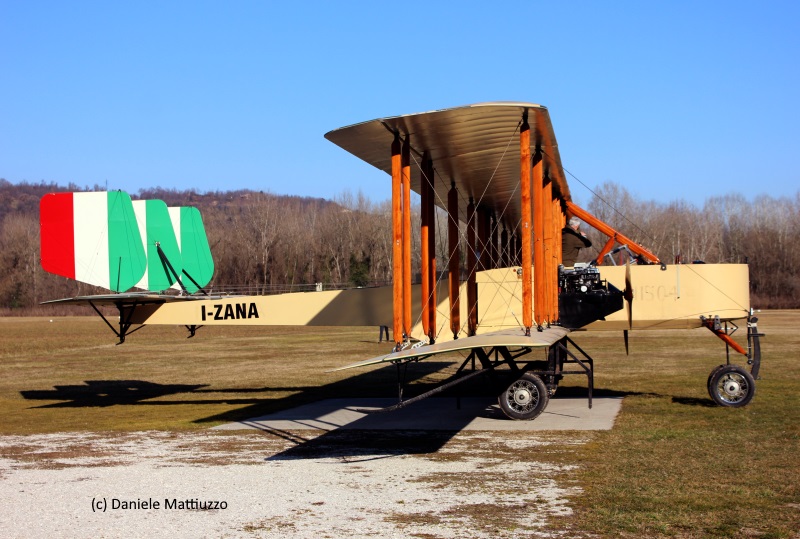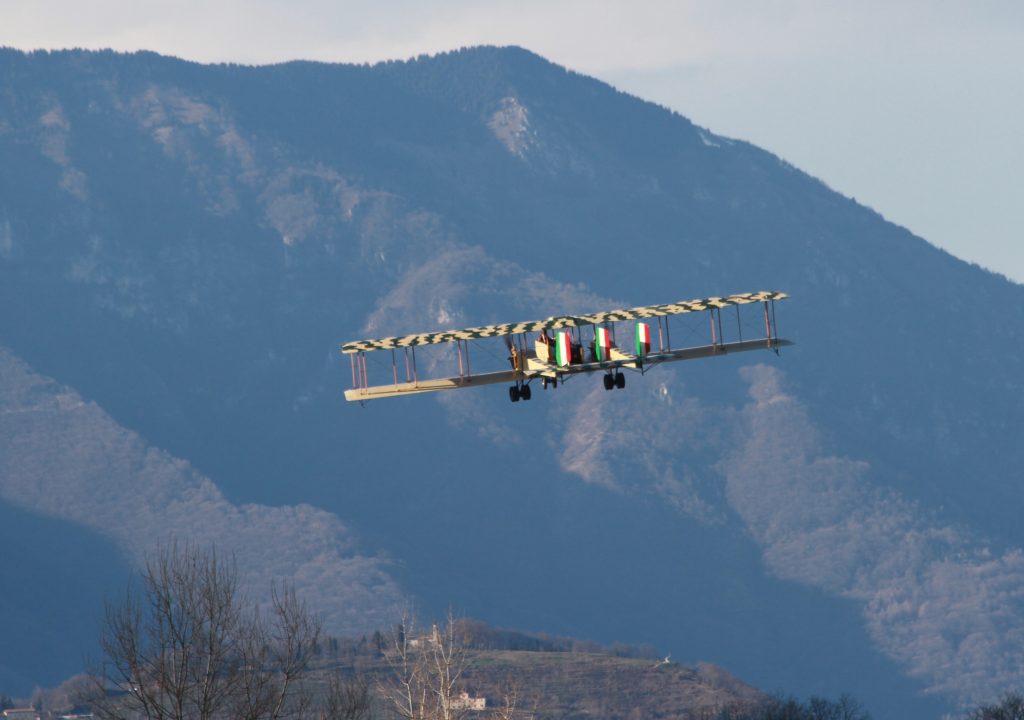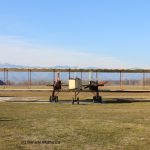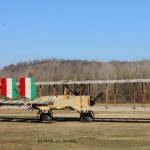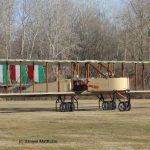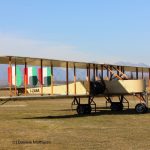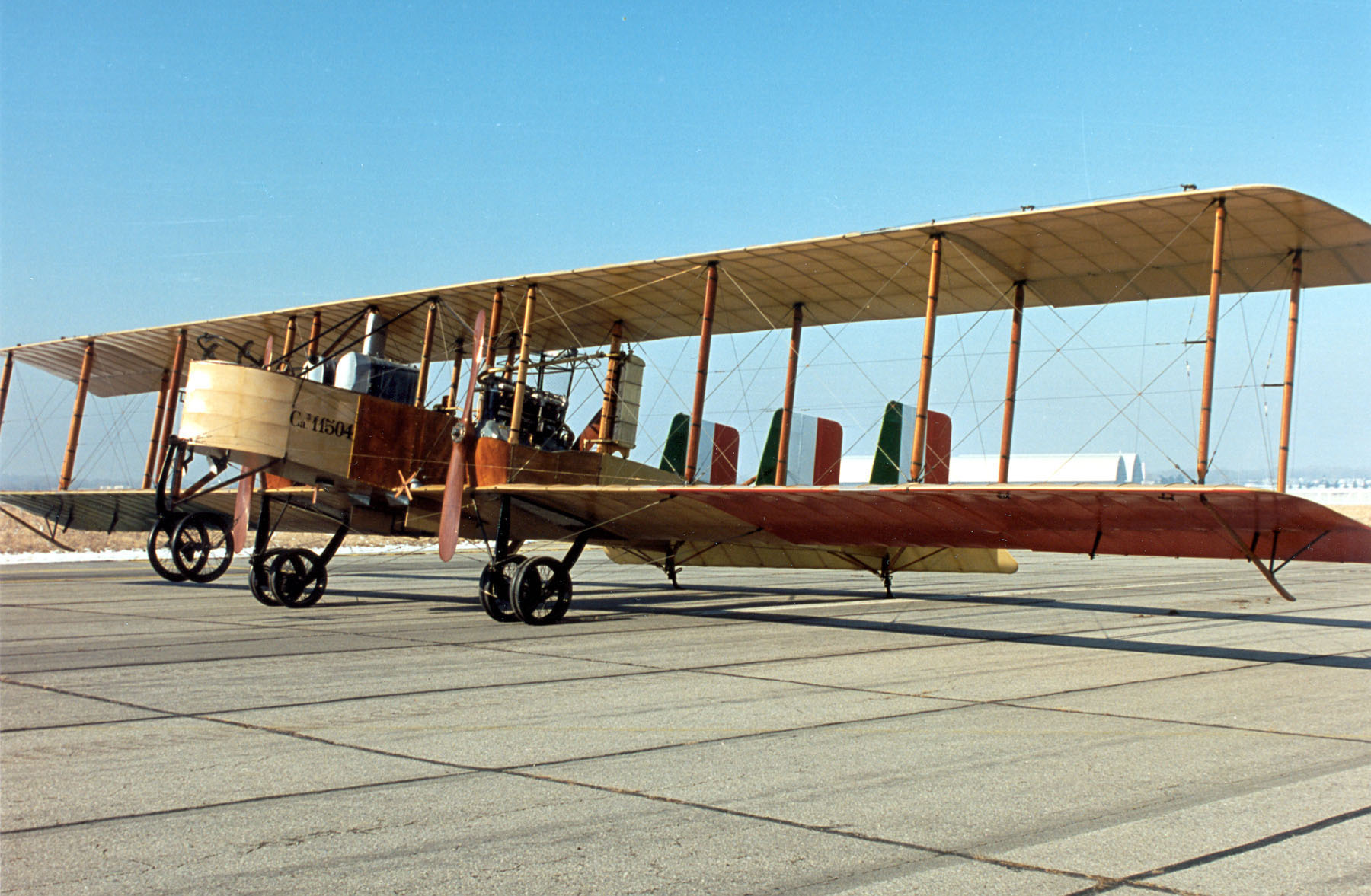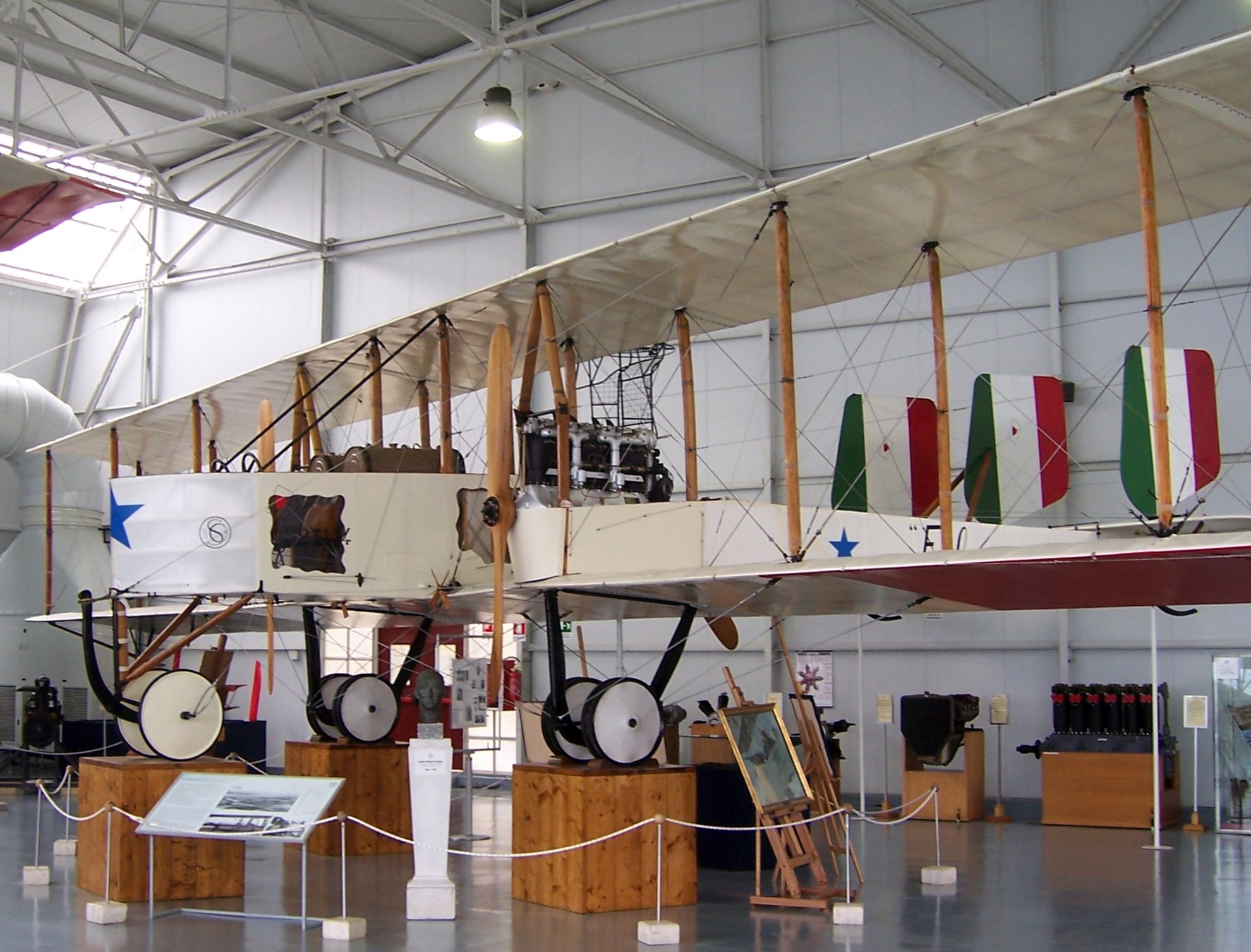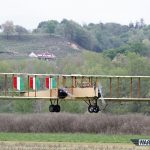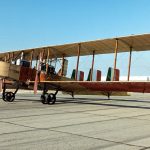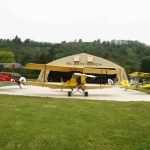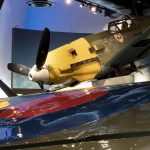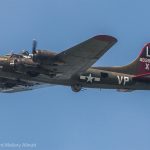Back in April 2014, we reported on the first flight (short hop) of a remarkable aircraft near Venice, Italy, a replica of the magnificent, WWI-vintage Caproni Ca.3 bomber. Giancarlo Zanardo oversaw the construction of the aircraft over a seven year period for the Jonathan Collection, at Francesco Baracca airfield. Exactly a year later the airplane actually flew for few minutes with Giancarlo Zanardo and Carlo Zorzoli at the controls.
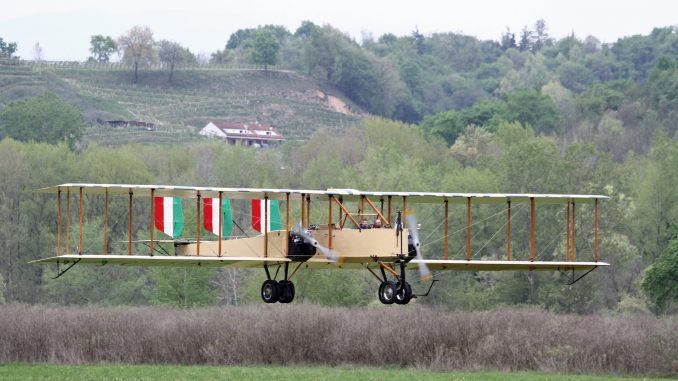
While the aircraft made a safe first flight on March 3rd, 2015, there were still teething troubles to overcome regarding both the propellers and the lack of available power from the engines chosen for the replica. They were still hoping to rectify these issues when disaster struck in October, 2018; a massive flood hit the region, and the Jonathan Collection’s hangars were apparently three feet deep in muddy, debris-filled water for some time!
Thankfully, all was not lost, and we are happy to report that the aircraft has undergone sufficient repairs to bring her back into taxiable condition. Indeed, on February 8th, 2020, the aircraft was captured by photographer Daniele Mattiuzzo as she performed a few engine runs and taxi tests. The central pusher engine was not installed for these tests, however, due to mechanical issues. The aircraft is currently scheduled to take part soon in a motion picture film, although not in the air. Unfortunately, the aircraft is unlikely to fly again unless the team is able to acquire some more powerful engines to replace the under-performing units it currently has – and this will require significant funds to achieve. It is not known when, or if, this will occur. That being said, it is wonderful to have a living, breathing example of Caproni’s famous WWI bomber to view – even if she is ground-bound at present.
Here is a recent video shot from the cockpit of the Caproni during the taxi tests. At the controls is Daniele Beltrame who is an expert aircraft-builder, restorer and obviously an experienced pilot. Daniele helped Zanardo with the recent work performed on the airplane to make it taxiable again.
The three-engined Caproni Ca.3 was a massive aircraft for its day, with a 36 foot fuselage and 74 foot wing span, and could carry an 800kg bomb load several hundred miles. The type evolved from the Ca.1 of 1914 and Ca.2 of 1915, but differed mainly in having more powerful engines. The type was introduced in 1916, and many saw combat service during WWI. It was a successful design, with roughly 300 built in Italy, and several dozen more under license in France – a substantial number for an aircraft of its size back then. Indeed, the type was still in service well into the late 1920s, with some believed to have taken part during the invasion into the Horn of Africa. Just two original airframes are known to survive, although both post-WWI examples. One is at the National Museum of the U.S. Air Force in Dayton, Ohio, and the other, of course, at the Italian Air Force Museum at Vigna di Valle, near Lazio.
Many thanks indeed to Daniele Mattiuzzo for the news, and most of the images in this article.







